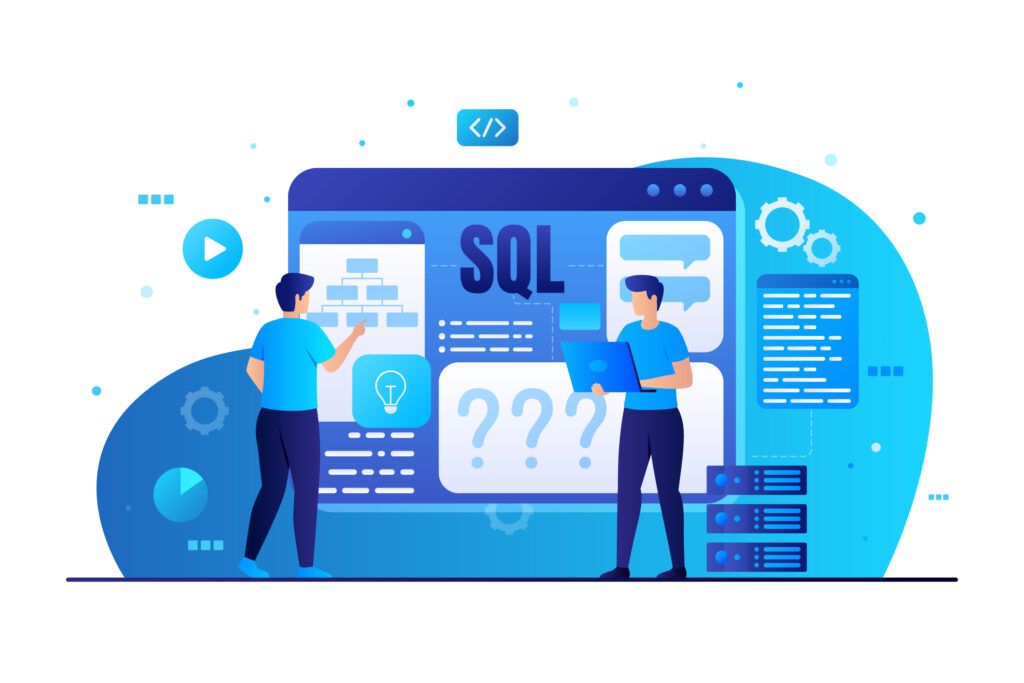As businesses adopt work-from-home and BYOD policies, employees have more access to data from any location — but this opens the door for cyberattacks. Endpoint security protects these entryways into company networks from being exploited.
Traditional malware detection falls short in stopping attacks because hackers can alter their malware to appear differently than it would typically appear to the software. Next-generation endpoint protection solutions like CrowdStrike’s NGAV solution offer superior detection.

Definition
Cyberattacks define an endpoint as any device connected to a network, including desktop computers, tablets and mobile phones, and IoT devices such as routers, printers and smartwatches. Endpoint protection protects these endpoints against unapproved access, misuse and destruction by malware.
A solid solution will protect endpoints from various threats through prevention, detection and response capabilities. Furthermore, its API-first architecture should enable it to ingest threat intelligence from across your cybersecurity stack and real-time visibility into on and off-network threats, cloud workloads and IoT devices.
Smaller businesses may think they’re immune from cybercriminal attacks, but all enterprises present attractive targets for hackers. Companies face high monetary costs and reputational damage due to compromised information loss – this makes endpoint protection essential for all business sizes.
Threats
Modern endpoint protection (EPD) solutions help organizations defend against malware and cyberattacks that severely threaten devices, information systems and business operations – which cost millions in lost revenues and damaged reputations.
Today’s workplace is more fluid than ever due to the COVID-19 pandemic and the growing trend toward remote work and BYOD policies. While these changes can boost productivity and company culture, they come with challenges: endpoint protection being the most vital among other elements.
Modern EPD platforms utilize machine learning and AI to detect sophisticated attacks like fileless, zero-days, ransomware, etc. Additionally, these platforms feature device management features that allow administrators to monitor, control and safeguard mobile devices like smartphones, tablets and laptops.
Identity and access management (IAM), which helps secure local administrator passwords while restricting users from installing unapproved applications – thus protecting credential theft – is another essential function. Automatic privilege elevation enhances IT team efficiency while safeguarding security with automated privilege elevation policy implementation. Finally, effective endpoint solutions offer parts to remotely backup data securely to minimize costly remediation costs and restore stolen files if necessary.
Prevention
Next-generation endpoint protection differs from other security technologies in that it goes beyond scanning files to inspect running processes and systems for malicious behavior. Furthermore, it uses a sandboxing approach to extract and examine malware or files before reaching an endpoint to ensure they don’t contain harmful code that could infiltrate an endpoint and threaten it with infection or harm.
Endpoint protection helps safeguard networks against cyber threats like phishing attacks, vulnerability exploitation and malware that exploits system privileges to launch lateral attacks. Stopping such attacks at the endpoint mitigates data loss and damage significantly.
Modern workplaces now incorporate remote working, BYOD policies and other features that enable employees to work from any device. While this increased flexibility benefits employee satisfaction and productivity, it comes with hidden risks that must be managed through endpoint protection solutions.
Attackers are constantly devising new methods of breaking into company systems, gathering and manipulating sensitive data for financial gain. Given the high opportunity cost, reputational damage and financial penalties associated with cyberattacks, modern security must go beyond detection and response to provide prevention. Heimdal EDR suite is an industry standard providing prevention on top of detection/response to reduce cyber threat risks while protecting company data.
Response
Endpoint detection and response (EDR) tools are specialized cybersecurity solutions designed to detect attacks that bypass traditional antivirus and antimalware programs, providing organizations with real-time insight into their attack surface and responding as necessary. EDR solutions offer complete visibility into potential attacks against their endpoints while being ready to detect, respond to, and recover from them in real-time.
Unified Security Management – By consolidating all devices – fixed or mobile – into one central console, it becomes much simpler to ensure their protection, which is particularly essential as more companies implement remote work policies or Bring Your Device policies.
Vulnerability management: Locating, classifying, prioritizing and mitigating software security vulnerabilities is integral to any security program. Implementing an automated solution to fix these vulnerabilities quickly and efficiently makes it harder for attackers to exploit them.
Managing Privileged Access: By default, most Windows computers come equipped with local administrator privileges far surpass what is necessary. A tool designed specifically to monitor and control privileged access is indispensable.
Cyberattackers target various vulnerable endpoints to gain network entry, so companies must implement an endpoint protection plan with multiple layers. Trusted managed security services providers like RSI Security can assist your company with exploring all available detection and response solutions and selecting one explicitly tailored to its requirements.
